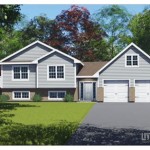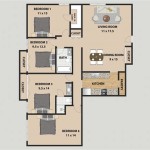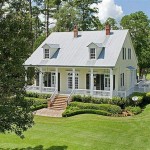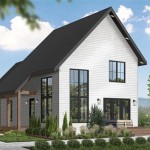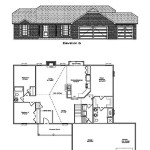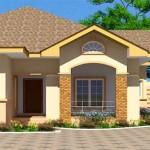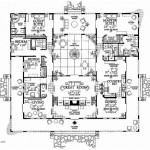Early American Cottage House Plans: Exploring the Essence of Timeless Charm
Early American cottage house plans embody a timeless allure, offering a blend of simplicity, functionality, and historic character. Rooted in the humble beginnings of colonial America, these charming abodes have evolved over centuries, retaining their quintessential appeal while adapting to modern sensibilities.
Origins and History
Early American cottages emerged during the 17th and 18th centuries, influenced by European architectural traditions and the need for practical, affordable housing in the New World. They were typically one- to two-story structures with a central chimney, clapboard siding, and a gabled roof. The iconic Cape Cod cottage, with its symmetrical facade and prominent central chimney, became a popular archetype in the Northeastern United States.
Key Characteristics
Early American cottage house plans share several distinguishing characteristics that contribute to their enduring charm:
- Compact Footprint: Cottages are typically small to mid-sized, with modest square footage but efficient layouts.
- Central Chimney: The central fireplace and chimney are central to the design, providing both a source of heat and a focal point for cozy gatherings.
- Clapboard Siding: The exterior walls are typically clad in narrow, overlapping clapboards, a durable and weather-resistant material.
- Gabled Roof: The steep-pitched gabled roof sheds water effectively and creates a visually appealing silhouette.
- Dormer Windows: Small, gabled dormer windows often break the roofline, providing additional natural light and headroom in the upper story.
Function and Versatility
Early American cottage house plans were designed to be practical and adaptable. They often feature open floor plans with flexible room configurations, allowing for multiple uses over time. The utilization of built-in cabinetry and storage provides space-saving solutions.
Adding to their versatility, many early American cottages have been expanded or remodeled over the years, retaining their charm while incorporating modern amenities and features. They can accommodate various lifestyles, from cozy family homes to charming vacation retreats.
Modern Interpretations
The enduring appeal of Early American cottage house plans has inspired contemporary architects and designers to create modern interpretations that maintain the essence of the original style while embracing current trends. These modern cottages incorporate sustainable materials, energy-efficient features, and open floor plans, while still preserving the timeless elements that make them so beloved.
Conclusion
Early American cottage house plans offer a rich tapestry of history, architectural character, and enduring appeal. Their compact footprint, central chimney, and classic details create charming abodes that embody the simplicity and warmth of a bygone era. Whether preserved in their original state or adapted to modern sensibilities, these timeless cottages continue to captivate with their enduring charm.

Home Builders Catalog 1929 Duffy American Residential Architecture English Eclectic Cottage Vintage House Plans Floor

Charming 1941 Tudor Revival Cottage

1927 American Builder Hepburn By Radford This Is An Unusually Symmetrical English Cottage Vintage House Plans Style Floor

1900s Farmhouse Plans Victorian House Floor

1928 Modern English Revival House Plan Cottage Plans

Charming Small House Plans Radford 1925 Nugget And Newberry

Radford 1903 Free Classic Queen Anne With Wraparound Porch Farmhouse Floor Plans Country Style House Vintage

The American 1905 Hodgson House Plans Plan Book Shows Many Home Designs That Refl Vintage

Floor Plan Prints Early American Colonial Home Plans Design No House Vintage

Craftsman House Plans Home Floor Monster

